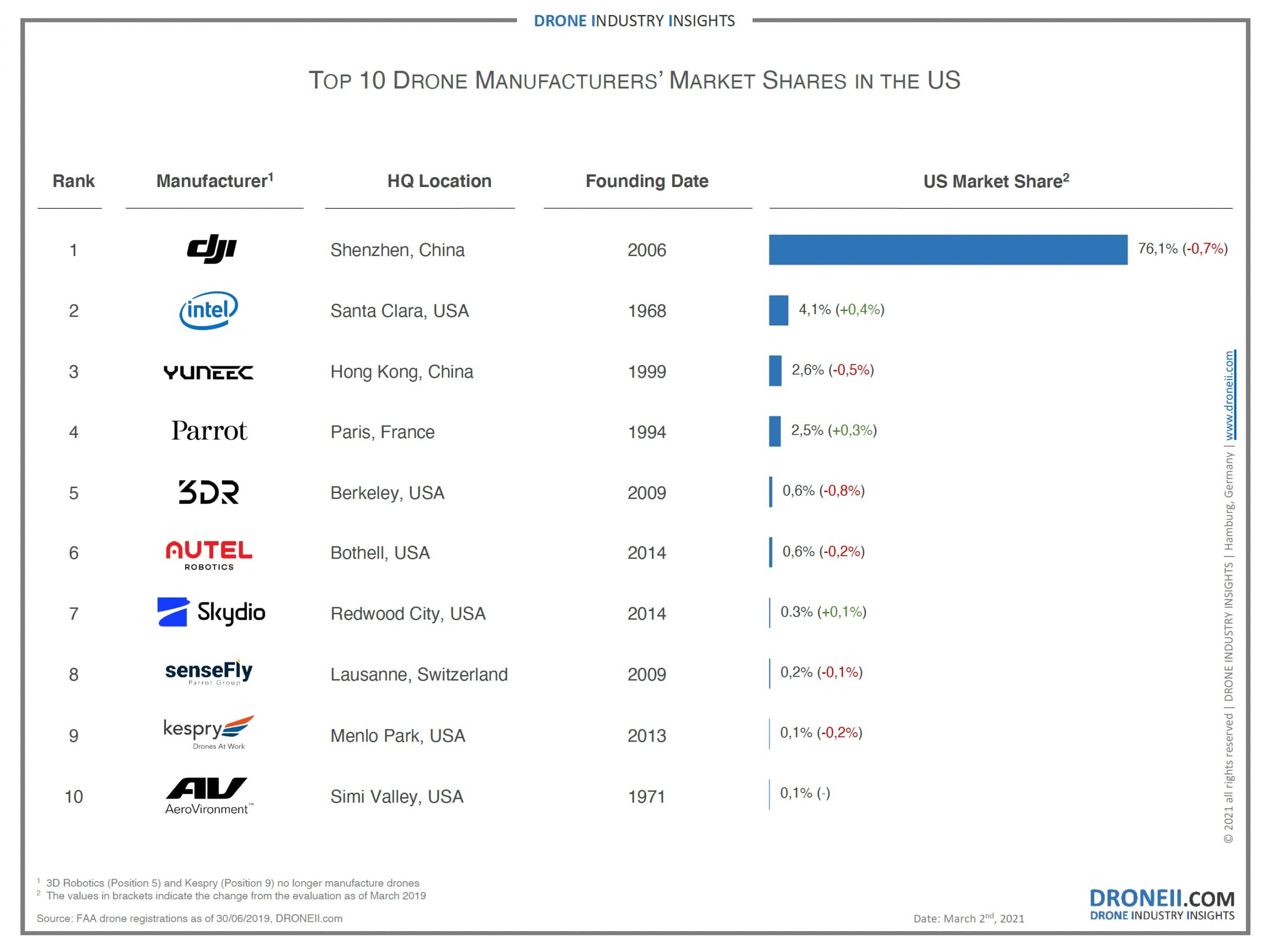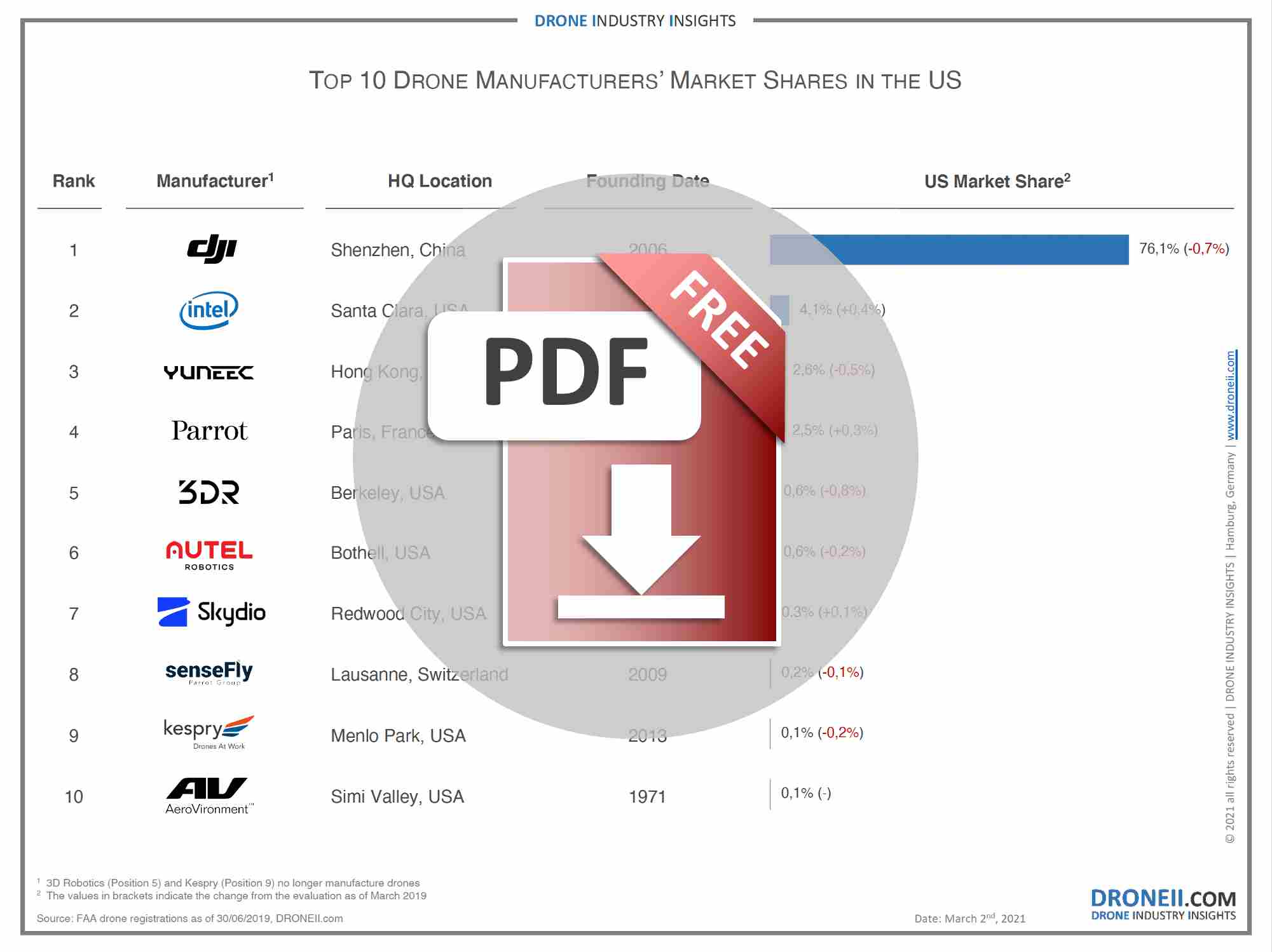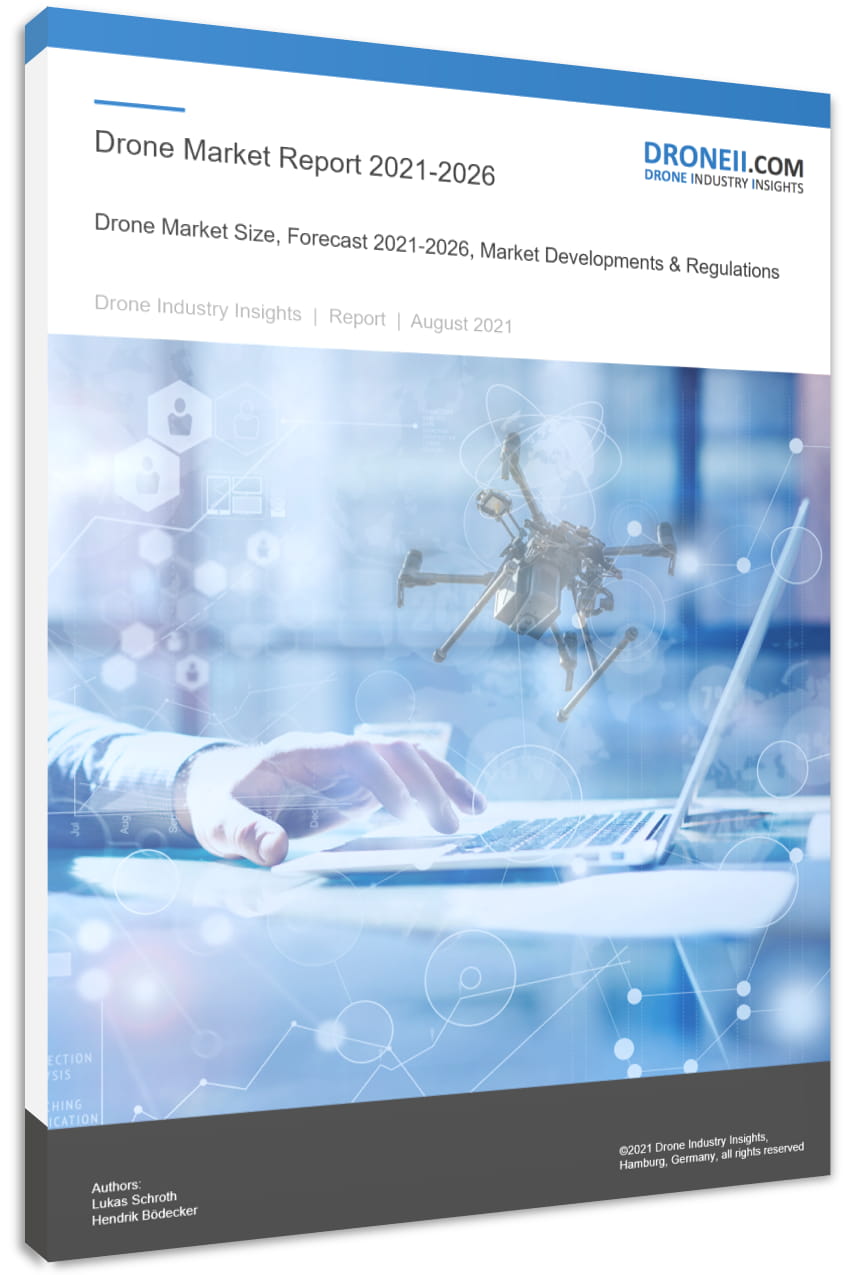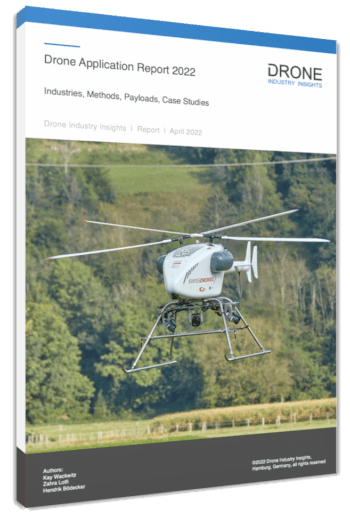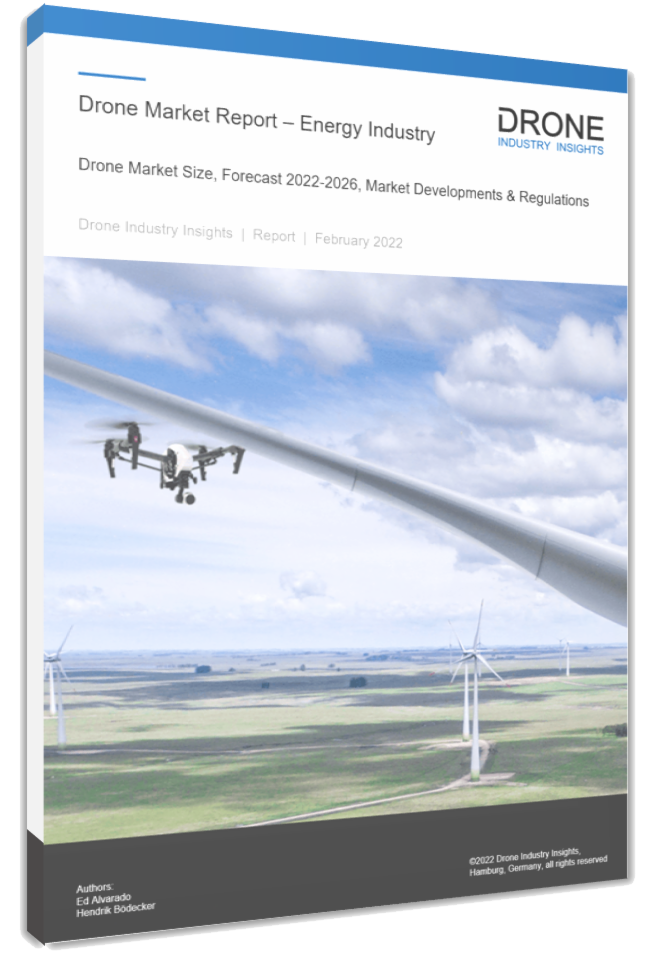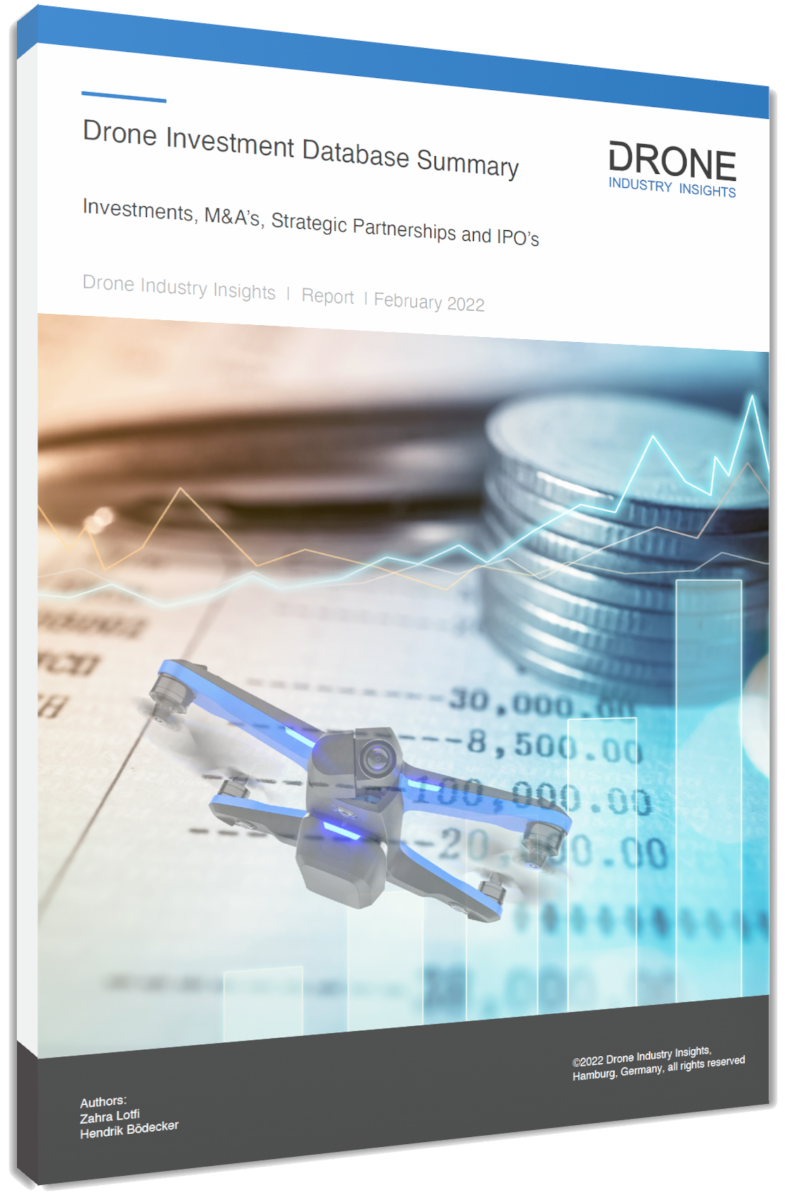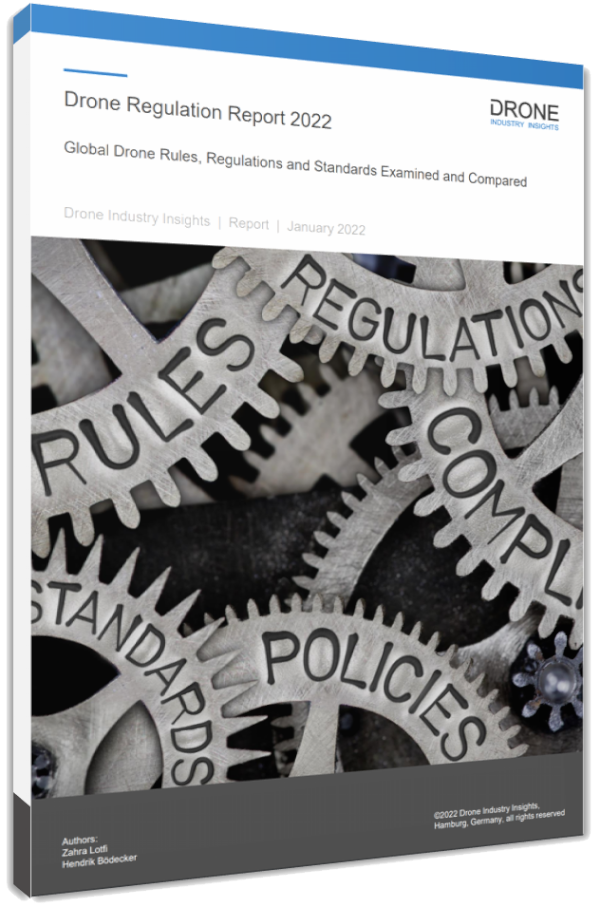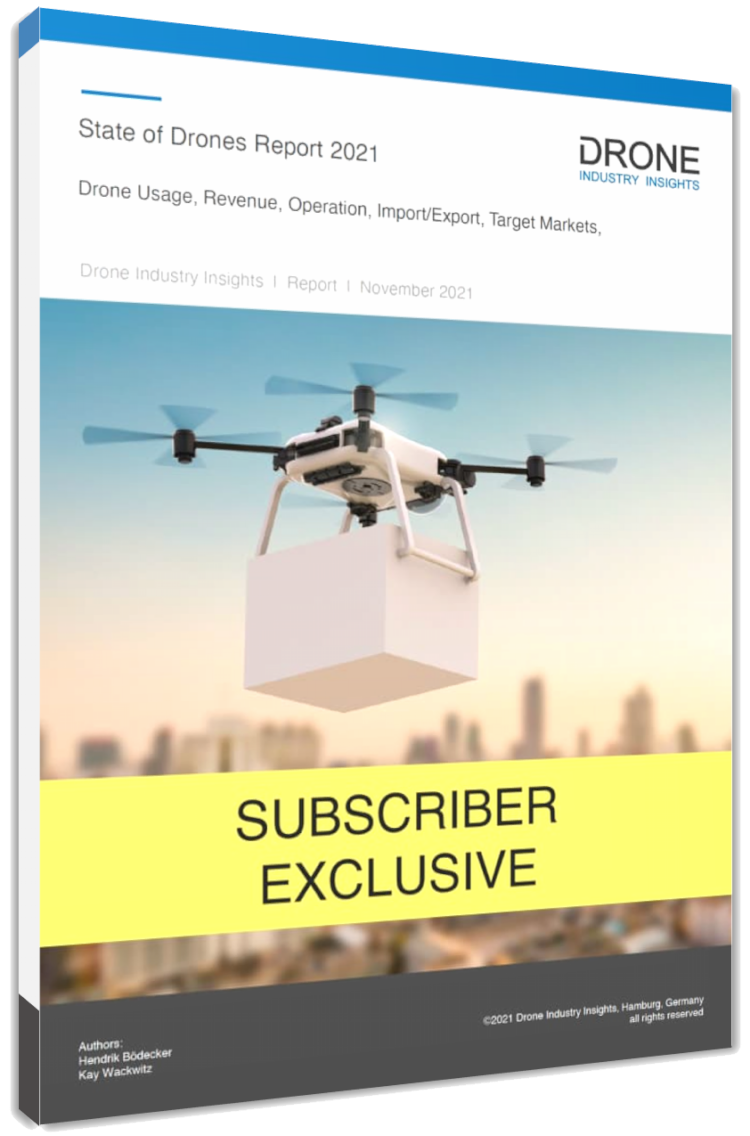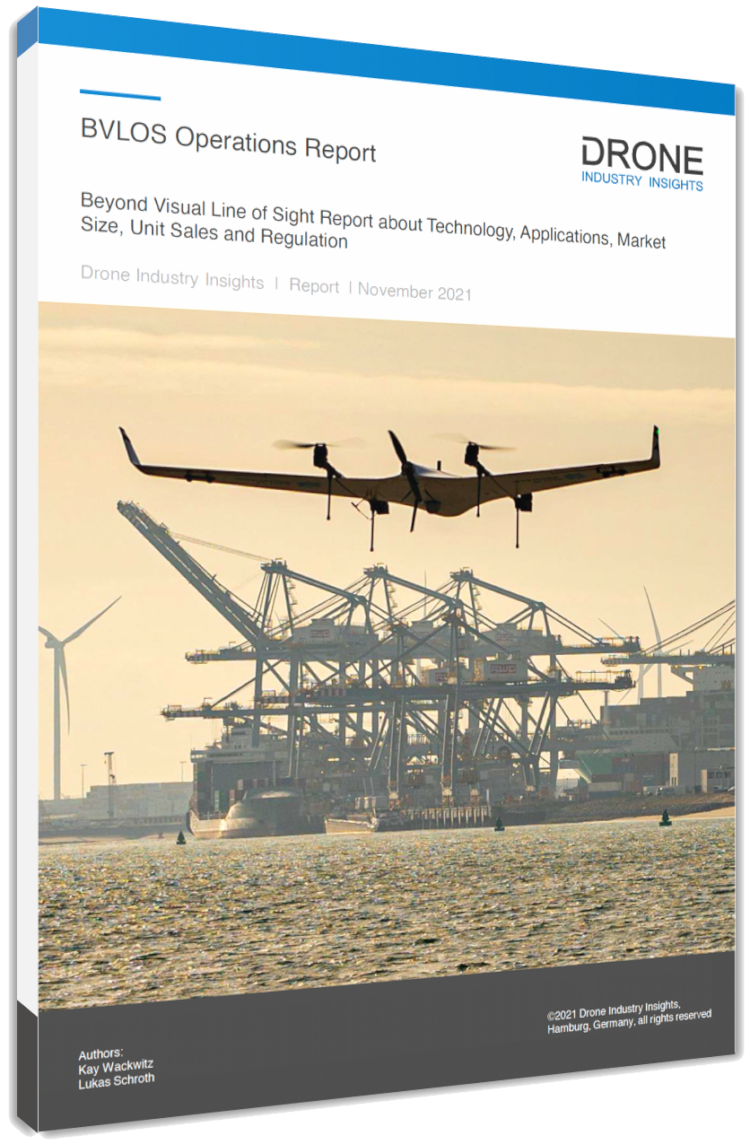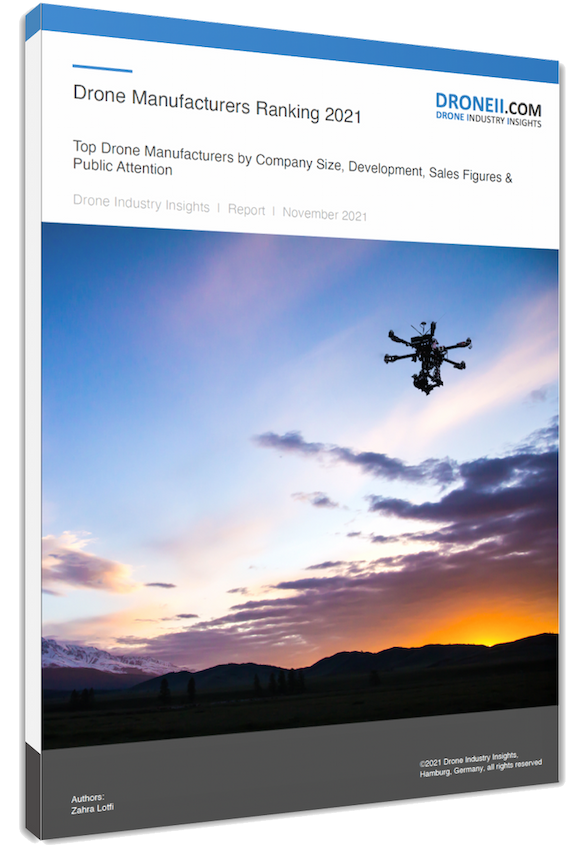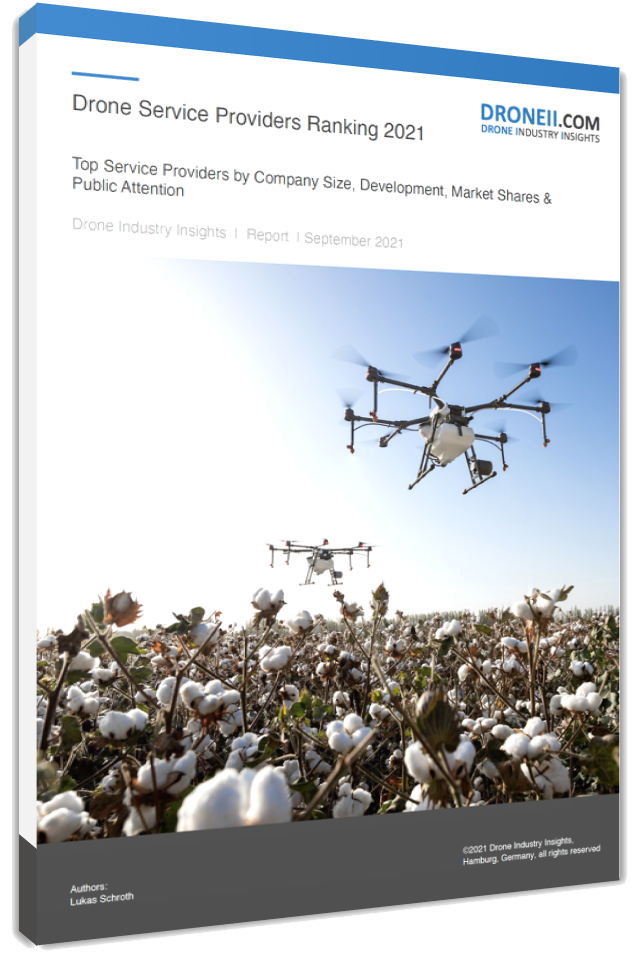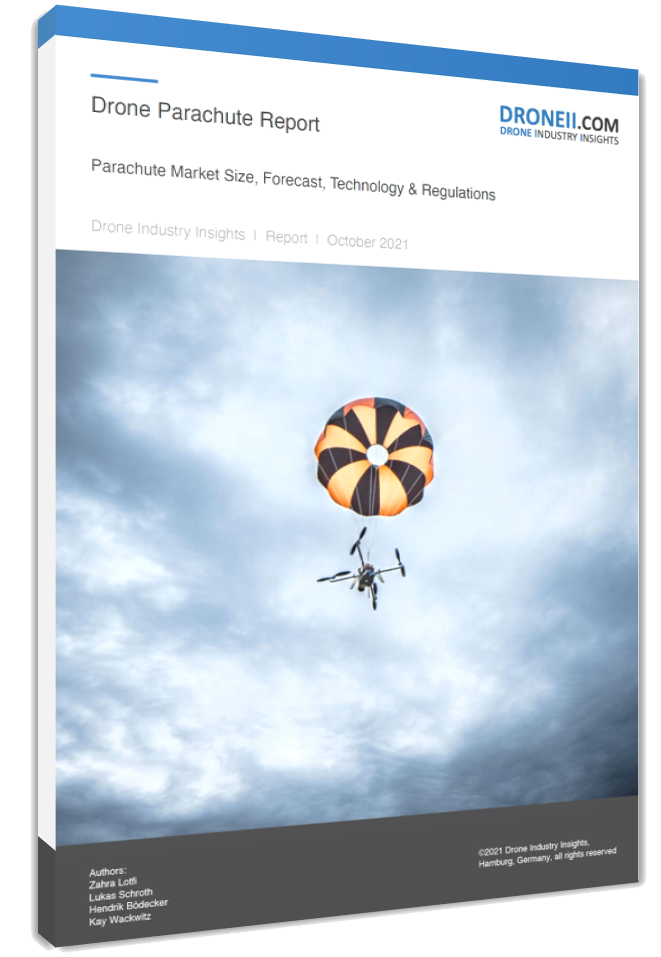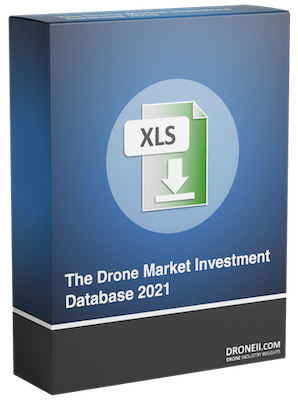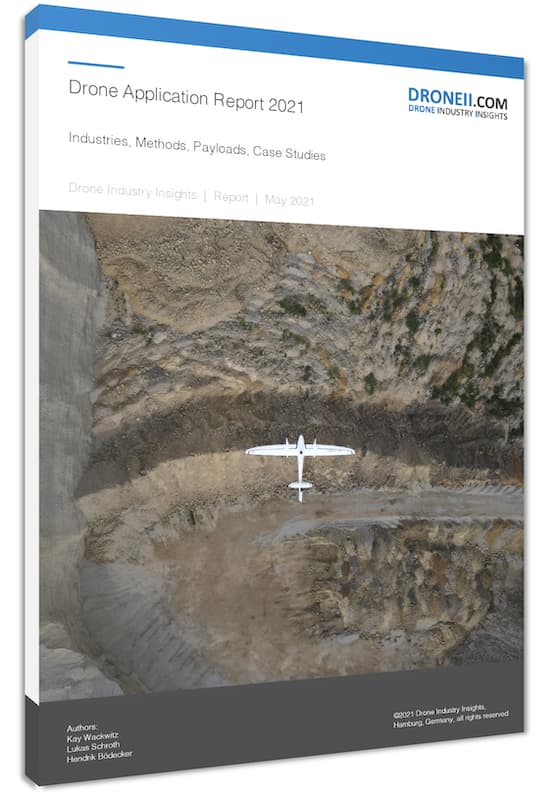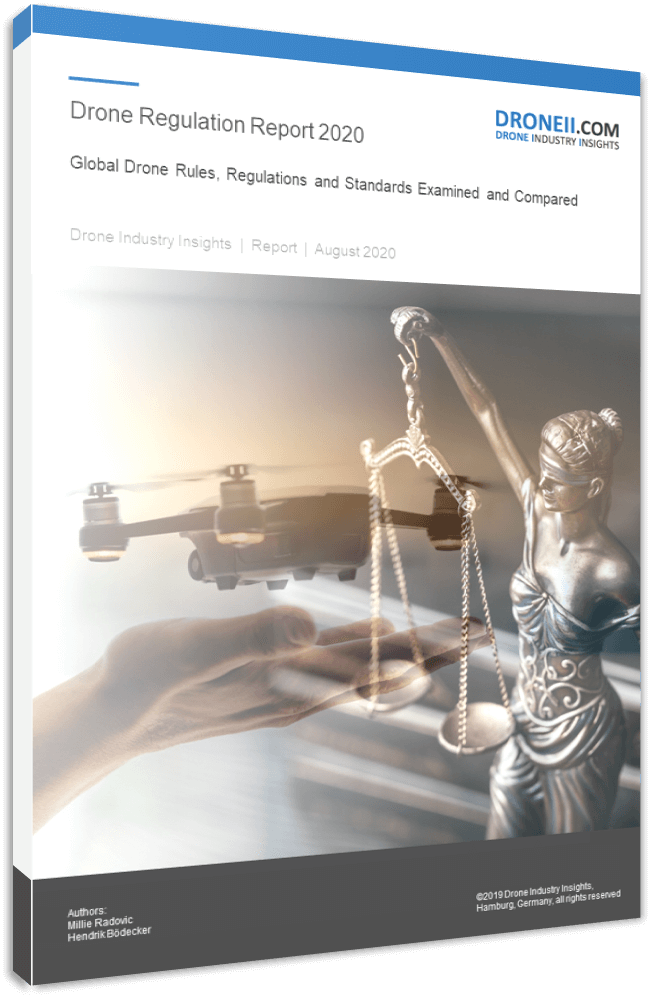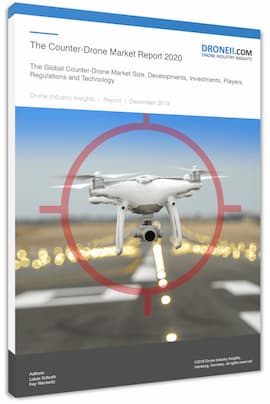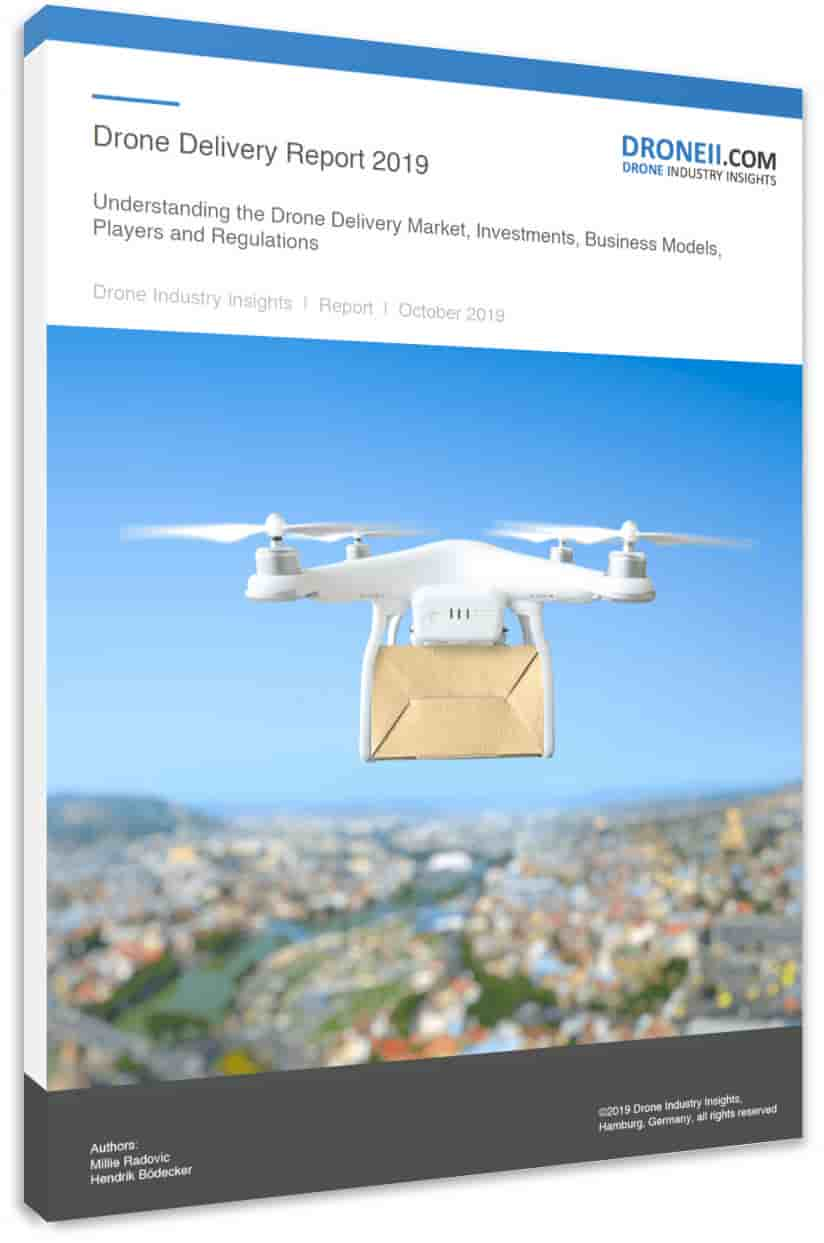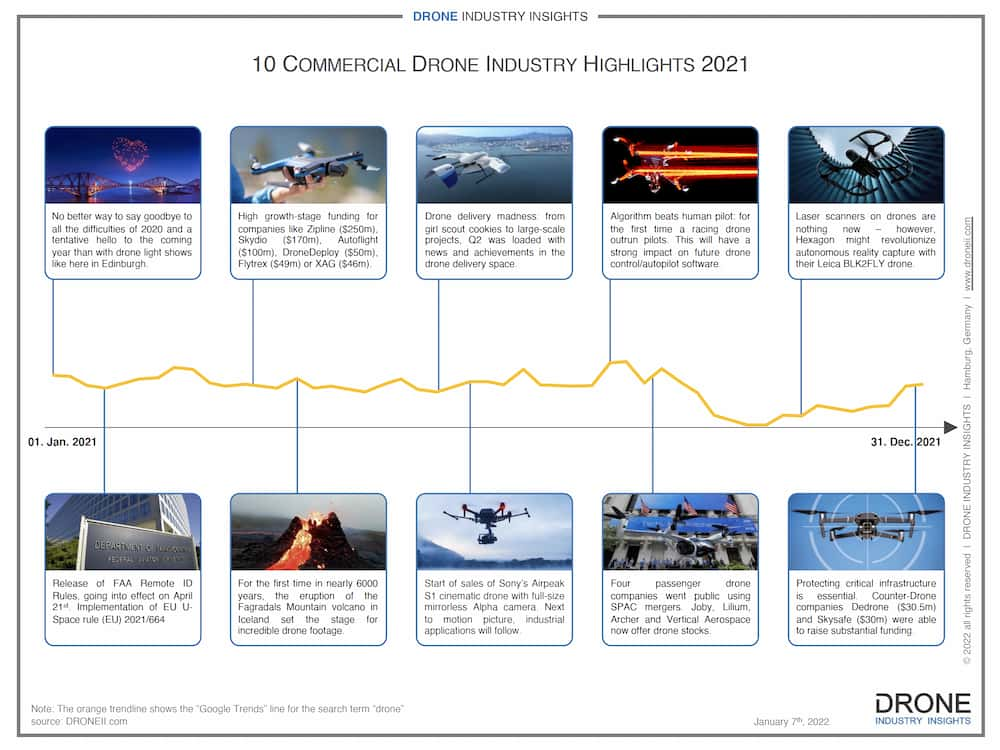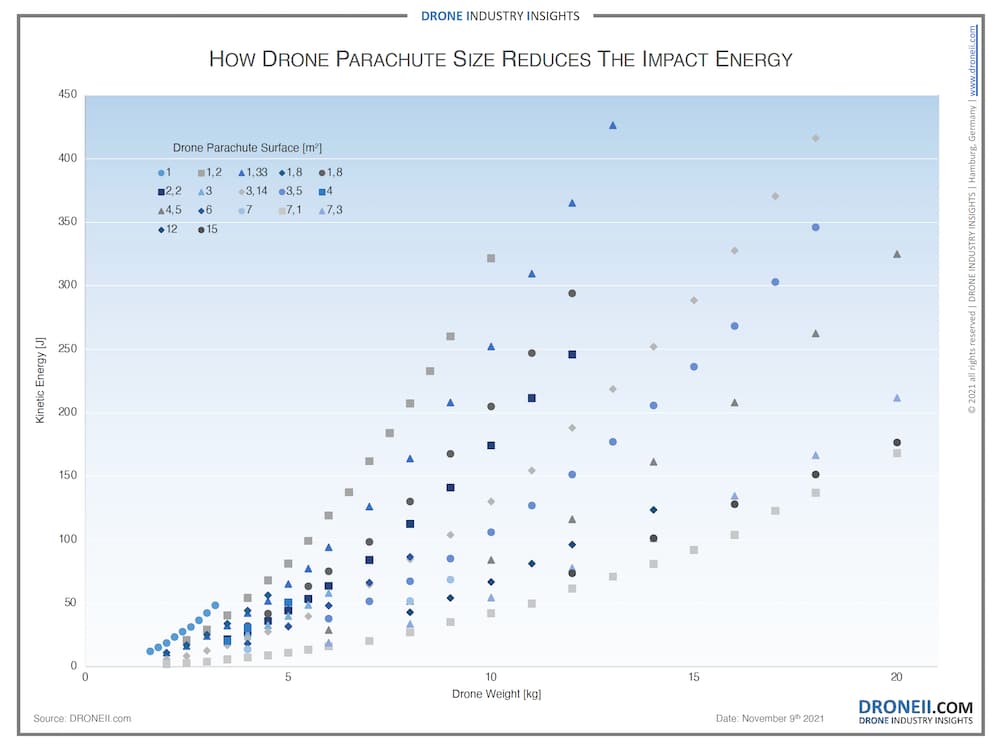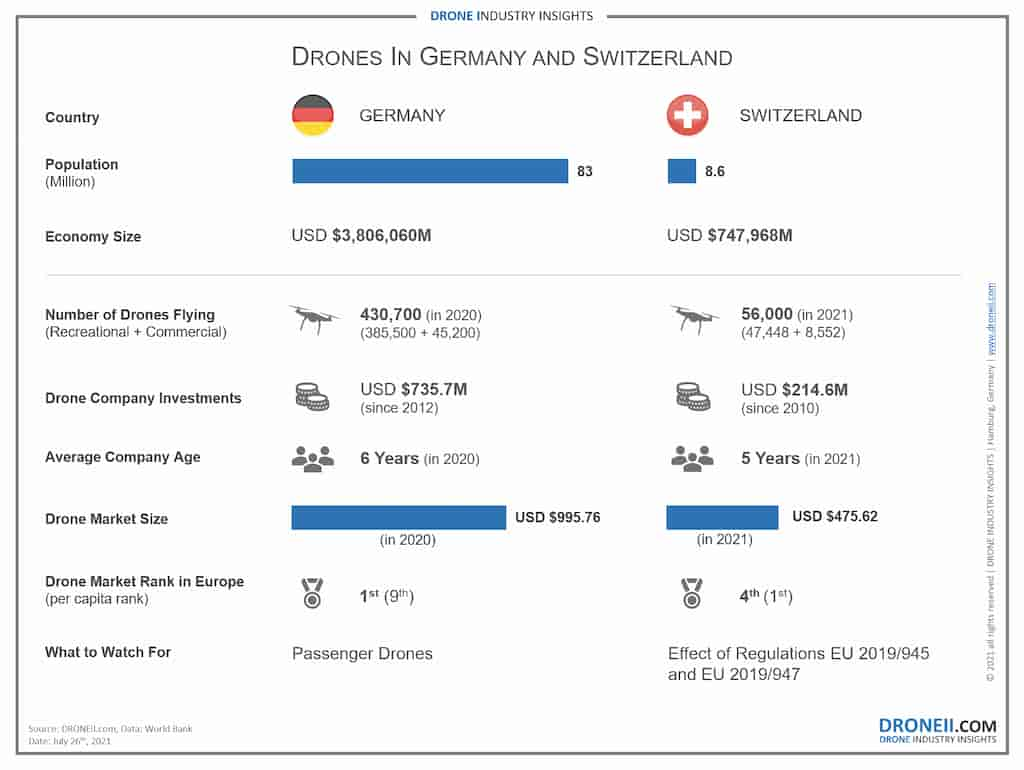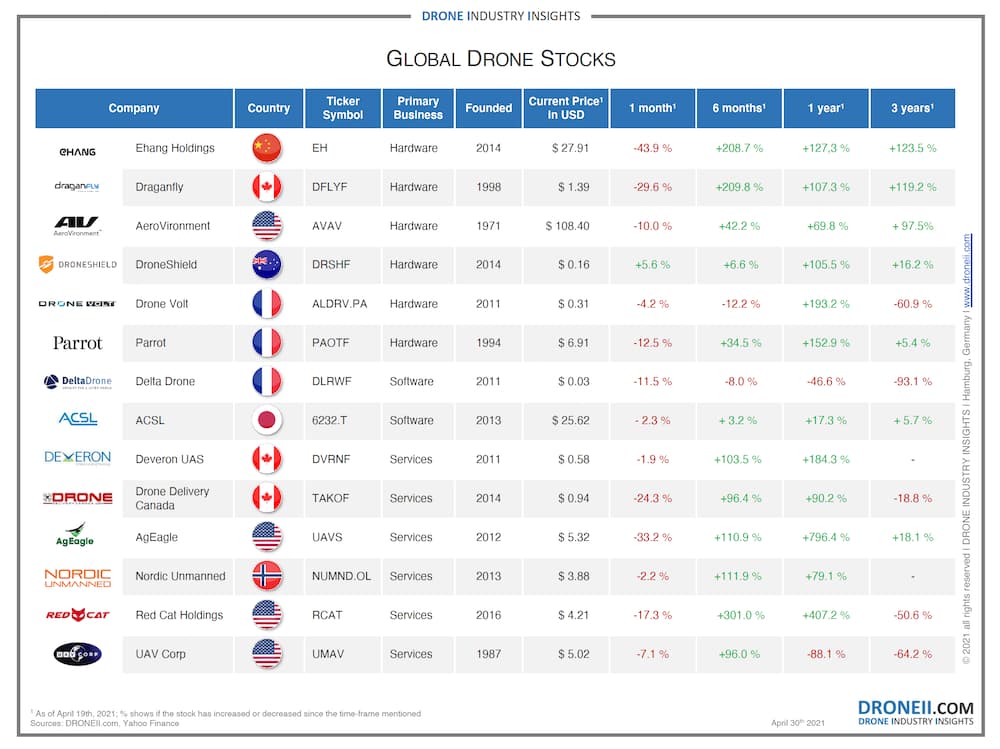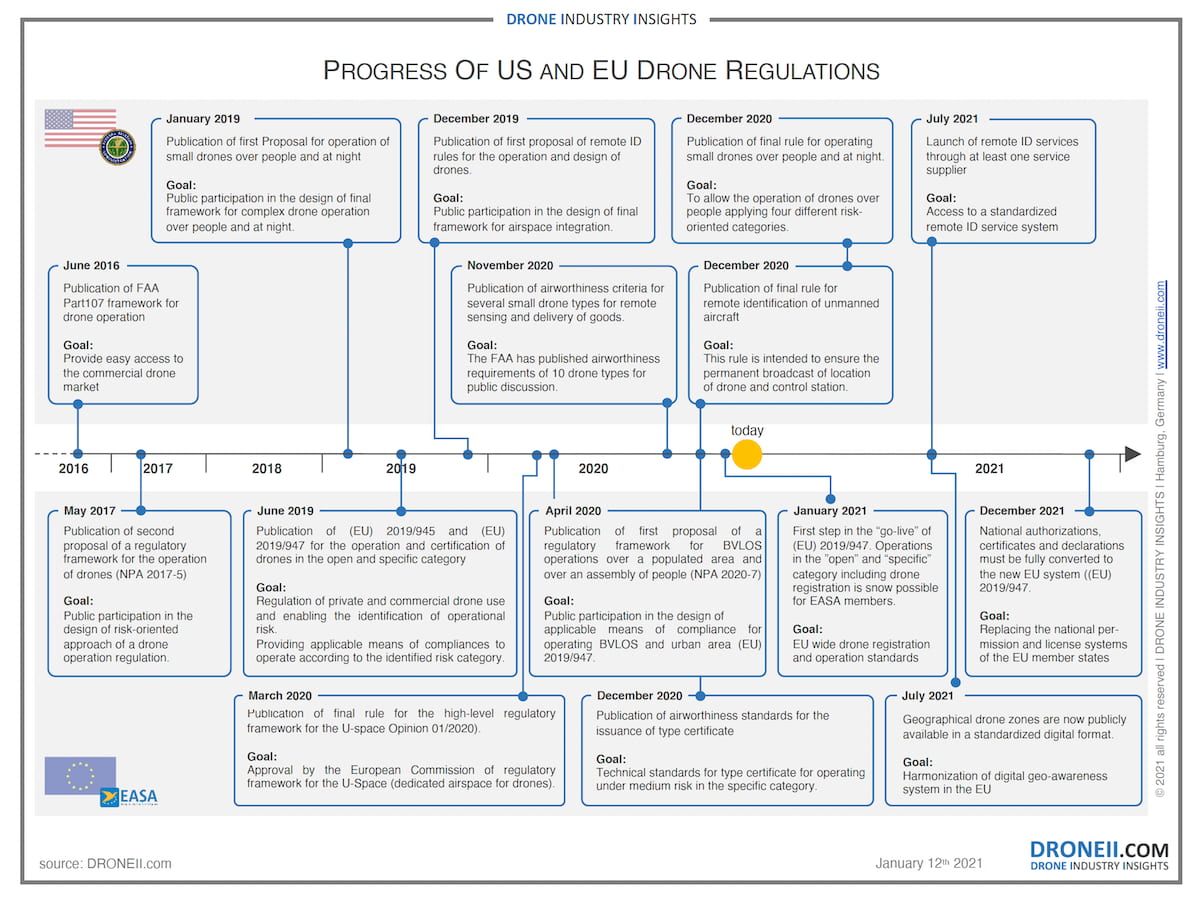It was about 1.5 years ago when we evaluated the registered drones under Part 107 in the U.S. At the time, the “trade war” between the U.S. and China was fully underway. The U.S. initiated bans of Chinese drones for government agencies under the American Drone Security Act of 2019. Quite a few industry participants postulated, wishfully or not, that this would end DJI’s market dominance in the U.S. But what kind of impact did the ban have on drone market share by mid-2020 and who are the biggest manufacturers under Part 107 in the U.S.? This article will answer these questions as well as shedding light on other findings.
Drone Market Shares in the USA After China-US Disputes
Drone Market Share Introduction
Our evaluation considers all drones registered under Part 107 from January 2018 to July 2020. All registrations are valid for three years and therefore no entry has had to be renewed yet since its introduction at the beginning of 2018. Unmanned aerial vehicles listed under Part 107, may be used for commercial purposes. Drones weighing 0.55 pounds or less (less than 250 grams) are not required to be registered. This applies for example to the DJI Mavic Mini, which are certainly not only flown for recreational purposes. Drones registered under Part 107 may be flown for recreational purposes, but most should be used for commercial purposes only. What is new compared to the last ranking is that we filtered out all drones under $700 USD (except the Intel Shooting Star drones) to get the most accurate look at the drones used commercially and to exclude hobby drones as much as possible (e.g., Holy Stone or Promark).
Findings: Drone Market Shares Largely Unaffected
First of all, it is worth mentioning that there are no major changes. DJI, Intel, Yuneec and Parrot still lead the ranking, but there are some new drone OEMs showing up compared to our last raking. Consequently, this also means that the drone ban has not resulted in a significant decline for DJI in terms of market share so far. Whether the manufacturer might have had more shares otherwise is impossible to judge. A dent in DJI’s reputation has definitely occurred in some parts of the industry thanks to the accusation, whose legal merit has not yet been established. But there are some other things that are worth mentioning:
The non-plus-ultra in terms of drone market share is and remains DJI. 76.1% of all entries in the database are from the Chinese company. This is despite the 0.7% decline since the mid-2019 ranking, which is of little consequence given this magnitude of market power. The most registered drone model was the Mavic Pro, which has been available on the market since late 2016. The Mavic Air 2, which did not hit the market until spring 2020, and was thus only 2 months into the data collection period, stood out as the new box office hit.
The company Intel, known mainly for the production of semiconductors, ranks 2nd, which is certainly a surprise to many. However, about 98% of Intel drones are Shooting Star drones, which are used for drone shows in several hundredfold numbers. The number of Falcon 8 and Falcon 8+ inspection drones taken out of production has roughly halved compared to 2 years ago.
Yuneec was able to defend its 3rd place on the podium ahead of Parrot Drones. The former lost less market share than DJI (-0.7% vs. -0.5%), though this is much more significant given that their total drone market share is now only 2.6%. Particularly since mid-2019, the Chinese company has continued to come under pressure, the number of new registrations to direct competitors was comparatively lower.
The subsidiary of Parrot SA (PARRO: EN Paris), Parrot Drones, gained 0.3% drone market share and is currently only 0.1% behind Yuneec with 2.5%. The French drone manufacturer has now completely left the hobby drone market and is only focusing on the commercial market. Additionally, the inclusion of the Parrot Anafi-USA drone on DIU`s (Defense of Innovation Unit) list of “Trusted sUAS Options for DoD and Federal Government” will certainly have a positive effect for Parrot Drones in the future (this was after the period under current review).
Autel Robotics was also unable to completely maintain its drone market share and suffered minimal losses but is still defending 5th place. The drone models EVO II, EVO II Pro and EVO II Dual, which are of interest to the commercial drone industry, were released only a few months before the end of the data collection. That means it will be interesting to see how the trio of models affected Autel’s drone market share in the next ranking.
The next company in the top 10 ranking is Skydio which was only founded in 2014. The company recently raised $170 million on a unicorn valuation topping $1 billion to enable it to expand globally and accelerate product development and was able to increase its drone market share by around one third for its highly automated drones. This is primarily due to the Skydio 2 drone launched in November 2019, which is mainly designed for the prosumer sector for film & photography. The Skydio X2, with its two versions X2E (for commercial purposes) and X2D (for military purposes), and the Skydio Dock are also eagerly awaited, with a lot of promising features to enter the commercial (and military) drone space.
As the drone market share of Skydio increased, senseFly – the swiss fixed-wing manufacturer and subsidiary of Parrot Group – lost one third of its market share. The most popular senseFly drones in the U.S., the ebee X and ebee Plus, both lost on traction in the U.S.
U.S. drone manufacturer AeroVironment (NASDAQ: AVAV), which produces unmanned aerial systems for both commercial and military markets, is also on the DIU list of trusted manufacturers in the United States. The company’s market share for commercial drones has remained about the same in recent years.
The companies ranked in Position 5 and 9, 3D Robotics and Kespry respectively, have both exited the hardware business, but still hold sizable shares of registered drones in the US. The former has focused on drone mapping software for construction and engineering professionals, while the latter has developed an end-to-end data collection and analysis solution using mainly third-party hardware
Conclusion and Outlook
While the last few years have certainly been tumultuous in the drone industry, changes in drone market share for manufacturers in the U.S. have not. The allegations under the Trump administration that DJI obtained sensitive data from its drones and the resulting ban on US authorities from using them has not set back the market leader in any significant manner. This could be due to the unclear evidence, the good price-performance ratio of DJI, or the relatively small number of affected agencies compared to the entire drone industry in the US.
It is difficult to judge whether market shares would have increased further without these allegations. But other players in the market also have their raison d’être, offer excellent solutions, and it would be great to see them gain drone market share in the future. It will also be interesting to see whether Sony’s market entry (announced for spring 2021) will be successful and whether that will shake up the balance of power in the U.S. drone market. If you want to learn more about drone manufacturers not only in the U.S. but also around the world, you might be interested in this blog post about the biggest drone manufacturers.
